Sweet Potato Companion Plants You Should Grow in Raised Garden Bed
Companion planting is an ancient agricultural practice. When used correctly, it makes the garden thrive. By bringing companion plants into the garden, you can provide a comprehensive plant life system to promote the growth of the entire space. Some of the most interesting examples are sweet potato companion plants! Here's what Olle is going to talk about.
Sweet potato plants are prolific, interesting and easy to grow. You may be glad to know that there are many companion plants for sweet potatoes. Whether you are planning a spring garden or planting sweet potatoes, a good companion plant will be of great help.
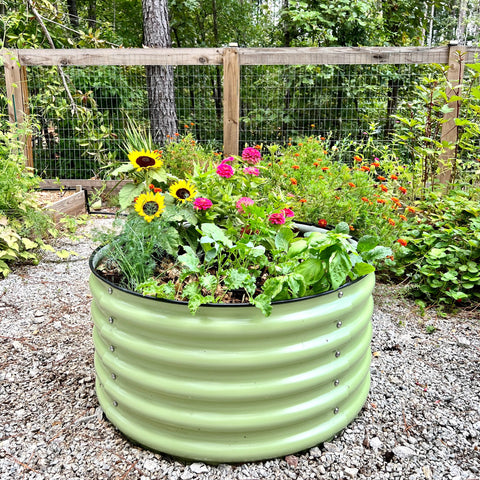
Some partners feed nutrients to help sweet potatoes grow, while others support the resistance of sweet potatoes to pests. When you learn about these great companion plants, you will further understand the conditions required for the growth of sweet potatoes. Companion plants seem to have surprising benefits, don't they?
What is companion planting?
When I think of companion planting, I think of the three sisters, a practice of American aboriginal regenerative agriculture that has existed for centuries. Beans, corn and pumpkins are grown together in a supportive growth system. Corn provides a climbing pole for beans. Legumes sequester nitrogen in the soil, helping pumpkins and corn grow healthy roots. Pumpkin covers the ground, inhibits weeds and improves pest resistance. They all work together to improve the flavor of each product.
The three sisters example is a simple view of a complex process. The vegetable garden with proper supporting planting has a good harvest. Some companion plants lure pests into so-called trap crops to let other plants grow. Some attract beneficial insects to control pest populations. Others help improve the flavor of nearby vegetables by providing micronutrients to the soil. The ground is covered with plants to prevent weeds and provide a continuous supply of nutrients to other producers. Higher plants provide shade for some sun lovers, and fast-growing plant markers and border areas tell gardeners where to plant.
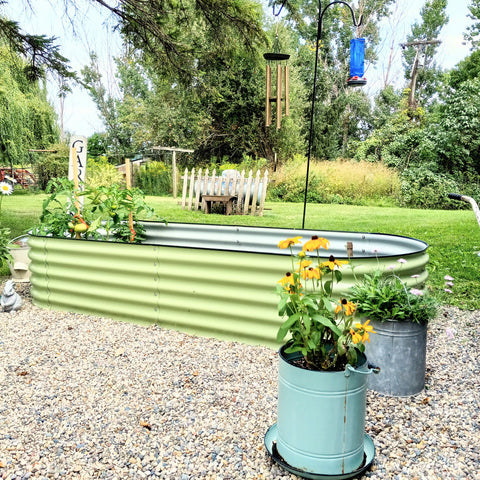
For any of these reasons, many gardeners grow some plants together with others. The result is higher yields and plants that support the growth of others. Then why not include some companions in your sweet potato garden?
Good sweet potato companion plant
Sweet potatoes are productive and interesting in the garden. By combining them with these companion plants, you can not only get more rich and delicious sweet potatoes, but also have more varieties in your garden. Sweet potatoes also give back to their companion plants.
Herbs
Herbs are good plants for sweet potatoes, mainly because they like sandy soil. Warm herbs like soil are good companions of sweet potatoes. Among all aromatic herbs, the salty taste in summer is one of the best sweet potato companion plants to avoid the terrible sweet potato weevil. The salty taste in summer confused the sweet potato weevil and prevented them from laying eggs in the sweet potato tubers and eating the orange meat. The salty taste also improves the fertility of the surrounding soil.
Thyme is another herb and a good companion of sweet potato, because it attracts beneficial insects such as flies. They feed on aphids, which suck juice and nutrition from the leaves of sweet potato vines. Sweet potatoes and thyme are also very cute in a dish. Thyme is also a very good perennial herb, which matches well with many other flavors in cooking. If you plant a creeping variety, try to control it, so that it won't take up too much sweet potato space.
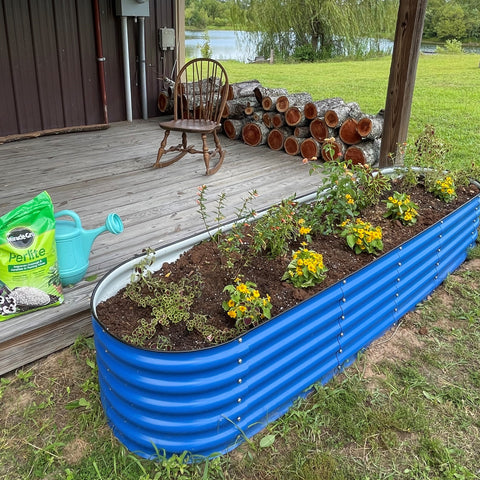
Dill is a good companion plant for many vegetables, but it is a particularly good companion plant for sweet potatoes because it can repel insects. Dill can not only prevent aphids, such as thyme, but also keep spider mites away. Spider mites are destructive to almost any plant. As a sideline, dill is the host of swallowtail butterflies, which are useful pollinators in your garden.
Oregano is one of those insect repellent companion plants. It also has the advantage of providing coverage around the vines. Because it can be very rich, you can use it on the border around the space where you grow sweet potatoes, rather than on the same bed. Let oregano suppress grass and weeds while your vines thrive.
Allium
Onions (including onions) are excellent companion plants of sweet potato vines. We can attribute it not only to their compact growth, but also to their insect repellent ability. Sweet potato pests like Colorado potato beetles stay away from the characteristic pungent aroma of onion leaves. Planting other plants in the onion family, such as onions, will provide the same protection.
Chives and onions are excellent companion plants in sweet potato garden. They act as boundaries between the grapevine patches and, in the process, deter pests. No insect likes to chew the pungent onion leaves. Please note that onions inhibit the growth of beans. Therefore, if beans are another sweet potato companion you choose, please plant them far away from onions.
green
Spinach and lettuce are excellent ground coverings for sweet potato crops. They are also a good mulch crop to avoid soil erosion in the garden. Indeed, there is no healthy amount of green vegetables in the garden. More green vegetables mean more sweet potatoes, because spinach absorbs extra nutrients from the soil, which may slow down the growth of sweet potato vines. Lettuce has similar properties, providing mulch as a companion plant, inhibiting weeds and establishing soil biomass.

peas and beans
The companion plants of big sweet potatoes like stem beans are nitrogen fixing plants. When sweet potatoes begin to form, they absorb nitrogen from the soil. Polar beans are a good companion because they replace nitrogen and feed tubers when you grow sweet potatoes.
Peas do the same. You can plant stem beans and peas in a continuous way, let them mature and die, and then plant sweet potatoes. The mulch left by peas nourishes the soil and provides sweet potatoes with the nitrogen they need to produce photosynthetic leaves. Peas can also protect the hot sun from the influence of sweet potato leaves, which need a little shade to do well.
Root crop
There are many root vegetables that match well with sweet potatoes. The parsnip will fill the space around the garden and break the compacted soil. Make sure to plant sweet potatoes near parsnips, but not in the same garden. Too close to parsnips can inhibit tuber growth. Beets and radishes also damage the soil, and their shallow roots are unlikely to damage the growth of vines and tubers. All these root vegetables can be kept away from potato bugs.
Ordinary potatoes are a good companion because they are an excellent staple food and can be paired with almost any dish. Although they perform well in the same bed, it is better to let these two plants grow in different areas because they will suffer from similar diseases. This makes room for the healthy growth of ordinary and sweet tubers.
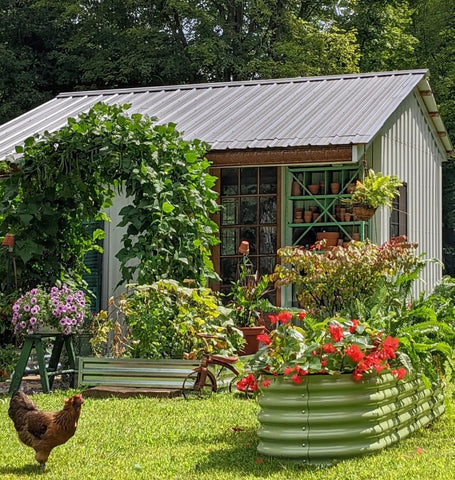
Horseradish is one of the best companion plants of sweet potato. They establish resistance to disease in nearby plants and stay away from potato beetles that eat the pale orange flesh of sweet potatoes during infestation. They also have a strong hot taste, which is very suitable for dipping in sauce and pickles.
flower
Generally speaking, flowers are very suitable for attracting beneficial insects and trapping pests. Some even drive out pests that may damage crops. Tagetes erecta is a kind of flower widely used for companion planting, because it has the ability to drive away pests. Plant it along with other flowers and herbs on the border around the vines. You can not only keep away from many pests (potato beetles, flea beetles and nematodes), but also add bright colors to your garden. They are also great in salads.
Trollius is one of the best companion plants of sweet potato and also edible. The flowers are yellow, orange and pink, and have good enthusiasm. In spring, they bring color and pollination media to the garden. They also catch aphids and are good companion plants for many other plants, not just sweet potatoes. They can serve as the border between sweet potatoes and ordinary potatoes.
Sweet moss is a good ground cover, which can attract beneficial insects. This helper goes after aphids, making gardening difficult for many people. Many growers vowed to plant with alyssum, which is often used in the design of fruit tree guilds. It is a good ground covering plant for controlling weeds and pests.
Yarrow is also a companion plant for sweet potatoes and humans! You can plant yarrow to attract lace wings that feed on aphids, spider mites, and flea beetles. Then you can make tea with its flowers. Add yarrow flowers to your home and bring their lovely chamomile like flavor to cakes and desserts.
Sunshade plant
The corn crop grows very tall. It can shade the sweet potato plants in the strong sunlight and warm weather, so that the leaves can be dried. Planting corn in a large area of sweet potatoes will help provide mottled shadows, which will help the vines perform well. Another interesting and good companion plant for sweet potatoes is the banana tree. It provides shade for sweet potatoes at high temperatures, when warm soil may become too hot. Sweet potato is also the ground covering plant of banana trees.
What not to grow sweet potatoes
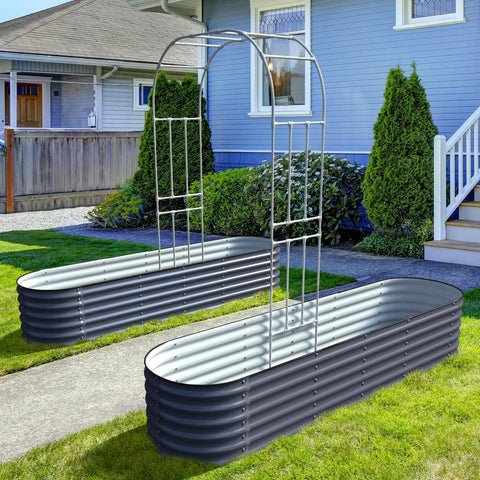
Although sweet potatoes are easy to grow in a matching way, there are some plants that can be excluded from your sweet potato garden. Sometimes, the cause of this situation is purely structural, and the roots often interfere with each other. Other times, it is related to biochemical interaction.
Any kind of pumpkin is a bad companion plant of sweet potato. There are many pumpkins and sweet potato vines in summer and winter, which take up a lot of space. Even if there is a trellis and a trailer on the ground, they will compete with each other for nutrition. Sweet potatoes need to be ground as much as possible. Unless we are talking about bordering on aromatic herbs, it is better to stay away from other trailing vines.
Sunflowers are not very good for sweet potatoes because they can contribute to potato wilt. They also take up a lot of root space. Sweet potatoes can grow soft orange pulp that you like very much. Instead of planting sunflowers, try the other flowers mentioned above.
Like sunflowers, tomatoes and sweet potatoes (such as potato wilt) have the same disease, and both have some toxic relationships. They mutually promote disease, inhibit growth and proliferation. If you want to plant tomatoes in the same season as sweet potatoes, put them on both sides of the garden, or plant a crop underground and a crop in containers.
Sweet potato plants and plants that like similar conditions do not perform well. Jidou may be a good partner of sweet potatoes, but shrubby beans are not. This is because bush beans grow like sweet potatoes. Shrub beans and sweet potatoes will try to compete for space and nutrition, giving you low yield in all aspects. Therefore, if you want to plant beans as companion plants of sweet potatoes, plant vines instead of spreading stem beans.
common problem
Q: Can you grow anything with sweet potatoes?
A: Not necessarily. Because sweet potatoes often take up a lot of space, other vines may not be suitable companion plants. Check the list above to see which are the best and which should be avoided.
Q: Can you grow tomatoes with sweet potatoes?
A: You can, but you may not want to. Tomatoes can easily transfer disease to your sweet potato vines. Instead, place tomatoes elsewhere in the garden, or plant them in containers away from sweet potatoes.
